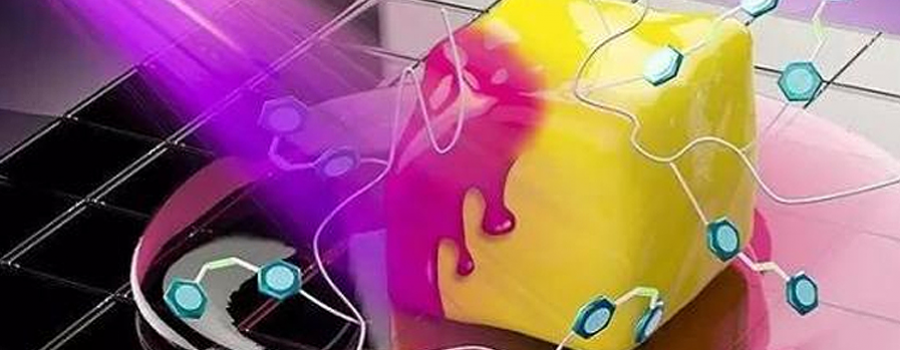
In the existing two-dimensional technology, the typical method is to irradiate a molecular liquid crystal film with a photosensitive dye through uniformly polarized light. It controls the arrangement of the liquid crystal network through the interaction between the dye dipole and the polarization axis of the light. The disadvantage of these systems is the need to add dyes, but these dyes will not only fade, but also the light characteristics and stability will be degraded. Therefore, the machine manufacturing industry needs a dye-free solution.
Currently, scientists have only explored two dye-free solutions. The first is the two-step alignment method. The liquid crystal material is coated with a very thin light-controlled alignment layer containing dyes, and then aligned or fixed by polymerization. This method realizes a stimulus-responsive, two-dimensional aligned liquid crystal or elastomer. It is very successful in photons, solar energy harvesting, microfluidics, and software robotics equipment, but it is more expensive and time-consuming. To create a micro-array film with micro-aligned patterns requires precise and dynamic control of the polarization direction of the incident light of each pixel, so this method is not suitable for large-area nano-scale pattern alignment.
The second solution for developing a dye-free system is to use surface topography to overcome the limitations of traditional optical alignment. In this method, liquid crystals are aligned on the surface topography template by lithography, nano-printing or ink-jet printing technology. This method can be used for two-dimensional micro-imaging of molecular arrangement. It also requires a multi-step printing process, which is expensive and time-consuming. Due to the rough surface of the topographic template, this method is very difficult in film production.
Innovation
Recently, a research team led by Atsushi Shishido of Tokyo Institute of Technology reported on their development of a new scanning wave light polymerization method that uses focused guided light to scan time and space. As the polymerization reaction progresses, the mass flow in the film is triggered, which brings about the alignment of the liquid crystals under the incident light pattern. With light-triggered mass flow, the alignment required can be completed in one step.
Technology
This new method can generate arbitrary alignment patterns, and can be well controlled in a larger area with various liquid crystal materials, without strong dyes or additional processing steps, which cannot be accomplished by previous methods. In addition, this method has the advantage of realizing infinite complexity in two-dimensional patterns, while they are basically limited only by the diffraction limit of light.
value
Scanning wave photopolymerization is very easy to introduce into existing optical production facilities, which brings greater economic advantages. Scientists at Tokyo Institute of Technology see this method as a simple way to make highly functional organic materials that have arbitrary and good molecular arrangement patterns on a larger nanoscale.
Future
At present, this new concept of scanning wave photopolymerization is limited to photopolymerization liquid crystal systems with a thickness of less than tens of microns. However, further research can expand these material systems and apply them to nanorods, nanocarbons, and proteins.